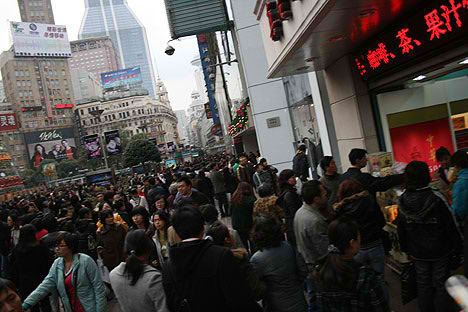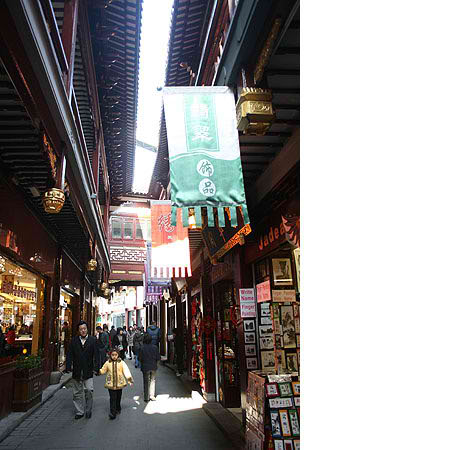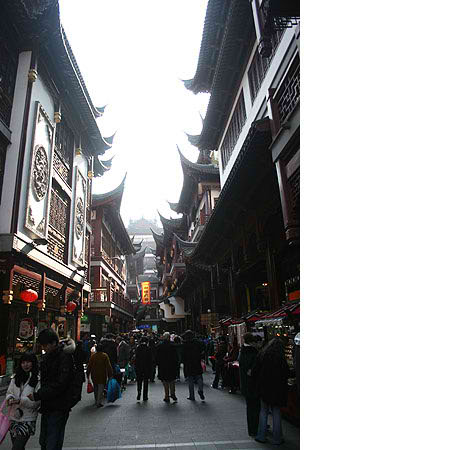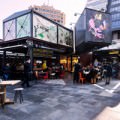
Image Source: Jref
The Bund, former financial capital of Asia during the 1920’s, the Bund is a must visit destination for those visiting China, it is home to historic buildings of Romanesque, Gothic, Renaissance, Baroque, Neo-Classical, Beaux-Arts, and Art Deco architecture. “No Dogs or Chinese Allowed.” Yes, the infamous sign board I went hunting and to my horror, I couldn’t find it anywhere. A quick search on Google revealed the widely spread gossip is nothing more than a gossip. Period.

Right across the causeway, this is the ‘most amazing’ view you will see from the Bund. This is possibly ugliest cityscape on planet earth after Dubai. A band aid solution, a Frankenstein city, the 21st century Disneyland for businessman. Note all those ball like structure, I wonder if that is how they define ‘Pearl of the East’, sorry Shanghai, you’ve lost your pearls when you embrace communism.

I told my friends if we were to remove every Chinese from the sidewalk of Shanghai and we’ll be wondering if we are currently strolling down the street in a European city. Back in the 20’s, Shanghai was the most advance and dynamic city in Asia known as the ‘Pearl of the East’, it is a city for gamblers, gangsters, revolutionaries, adventurers, and many other shady characters from across the Asia. The boom ended in 1949 with the Communists coming to power and the invasion of China by Japan.
Although the colonial masters left in drove due to the war, the buildings they built stayed behind, ironically it survived Chairman Mao’s Cultural Revolution where anti-western/colonial and pro-Chinese Culture was the policy of the day.

Notice those cables running across the city? According to a news back in 2007, trams are making a comeback to Shanghai after a 30-year absence. The funny thing is, instead of a ‘tram’ I saw a typical buses on four wheels powered by the cables, weird.


With 1.3 billion people in China and 22 million in Shanghai, China is definitely not a place I want to live, glad that my ancestor migrated to Malaysia. It is simply too crowded, while browsing through books in ‘Shanghai Book City’, a seven stories book store and people kept shoving me as they pass by, annoying yet culturally acceptable.

Chenghuang temple is a Taoist temple, well, it used to be until the communist came and implement the Cultural Revolution policy that changed China’s culture forever. No longer a temple due to the communist destruction, it is now a shopping mall, to be precise, it’s an open mall. Lots of renovation and restoration, am not too sure which part is original and which isn’t, from what I heard the carvings on the newer buildings are unique in the sense that they are all individually craved, no mass production in the land known as the factory of the world.



This is like traveling back to time.


One can’t boast that he had been to shanghai if he did not pay a visit to ChengHuang temple. It is a shopping heaven; I think I fell in love the open air shopping mall concept, too bad the weather in Malaysia is too hot and humid for such a concept.
Shanghai is indeed an amazing city.





Shangai is indeed a diverse and interesting city. I kind of like the idea of an amalgamation between the tram and the bus. It eliminates the tracks required for a tram, and the air pollution associated with buses. A win-win, that was most propably very cost effective to reverse engineer too.